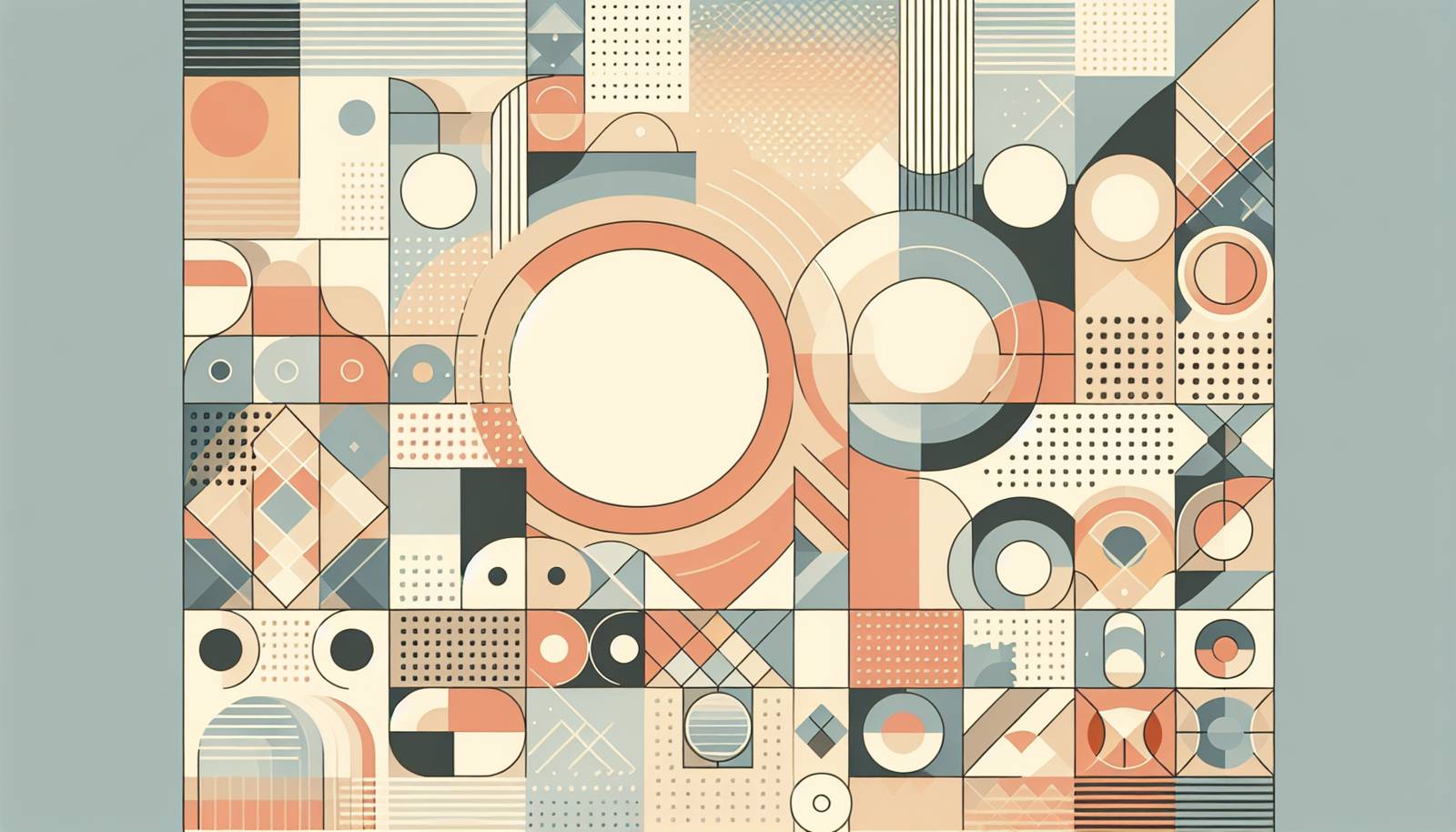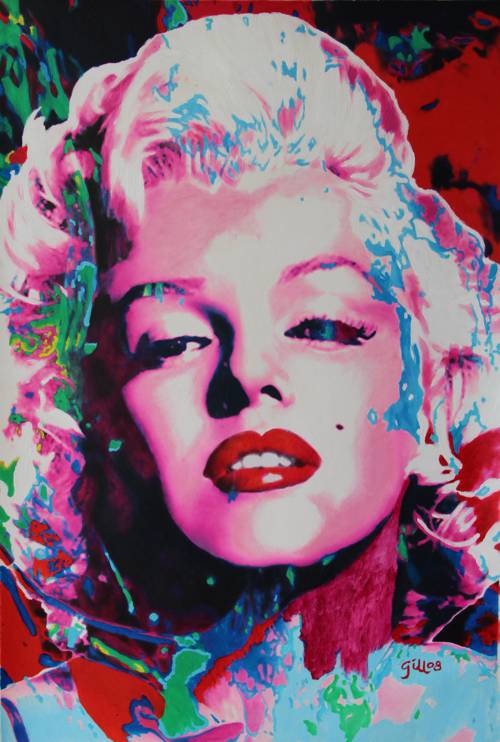
FAQ About The Influence of Photography on Pop Art

How did Pop Art artists use photography in their work?
Pop Art artists used photography as a means to capture and replicate imagery from popular culture. Techniques such as photomontage, silk screening, and photographic printing allowed artists to incorporate these images directly into their artwork, as seen in the works of Andy Warhol and Richard Hamilton. This use of photography helped to elevate mundane images to the status of art, questioning traditional notions of artistic value.

Who were some key Pop Art artists influenced by photography?
Key Pop Art artists who were significantly influenced by photography include Andy Warhol, Roy Lichtenstein, and Richard Hamilton. Warhol famously used photographic images of celebrities and consumer products in his silk screen prints. Lichtenstein utilized photography to create his comic book-inspired artworks, while Hamilton is known for using photomontage to question consumerism and culture.

What techniques did Pop Art artists use to integrate photography into their art?
Pop Art artists employed various techniques to integrate photography into their art. These techniques included silkscreen printing, which allowed for mass production of photographic images, and collage, which enabled artists to juxtapose different photographic elements. Artists like Andy Warhol popularized silk screening, utilizing it to reproduce images repeatedly with vibrant colors and variations.

Why did Pop Art artists choose photographic imagery?
Pop Art artists chose photographic imagery because it reflected the reality of mass culture and consumerism. They saw photography as an ideal medium for representing the pervasive influence of media and popular culture in society. By using photographs, artists could make their art more relatable and accessible to a wider audience, challenging the exclusivity of traditional fine art.

Can you provide examples of famous Pop Art works that used photography?
Some famous Pop Art works that used photography include Andy Warhol's "Marilyn Diptych," which features repetitive images of Marilyn Monroe, and Richard Hamilton's "Just What Is It that Makes Today's Homes So Different, So Appealing?" which incorporates images from magazines and advertisements. These works exemplify how Pop Art artists utilized photography to critique and reflect on consumer culture.

How did photography influence the themes of Pop Art?
Photography influenced the themes of Pop Art by providing a mirror to contemporary society, focusing on celebrity culture, consumer goods, and media influence. The ability to reproduce celebrity images and commercial items allowed Pop Art to explore notions of mass production and commodification, creating a dialogue between art and everyday life.

What role did technology play in the intersection of photography and Pop Art?
Technology played a crucial role in the intersection of photography and Pop Art by enabling new methods for producing and replicating images. The development of photographic printing techniques like silk screening allowed artists to efficiently integrate photographic images into their works. This technological advancement helped blur the lines between high art and mass culture, central to the Pop Art movement.

Were there any criticisms of the use of photography in Pop Art?
Yes, some critics argued that the use of photography in Pop Art contributed to the devaluation of traditional artistic skills, as it relied heavily on mechanical reproduction. Others believed that the focus on commercial and popular imagery overshadowed more profound artistic exploration. Despite such criticisms, Pop Art successfully questioned and expanded the boundaries of art in contemporary society.

How did Andy Warhol's use of photography impact Pop Art?
Andy Warhol's use of photography had a significant impact on Pop Art by exemplifying how mass-produced images could become iconic art pieces. His use of silk-screening techniques to reproduce images of celebrities and consumer products created an accessible and relatable form of art that highlighted issues of consumerism and the cult of celebrity.

Did photography change the aesthetics of Pop Art compared to other art movements?
Yes, photography changed the aesthetics of Pop Art by introducing elements of realism and immediacy, often associated with mass-produced media. Unlike more abstract art movements, Pop Art utilized clear, recognizable imagery drawn from everyday life, emphasizing a connection between art and consumer culture. This shift towards bold colors and distinct lines made Pop Art visually striking and modern.

How did the accessibility of photography influence the evolution of Pop Art?
The accessibility of photography influenced the evolution of Pop Art by democratizing artistic production and allowing artists to reach broader audiences beyond traditional gallery settings. Photography provided an endless source of inspiration and subject matter, enabling artists to quickly adapt to cultural changes and reflect them in their works. This accessibility helped cement Pop Art as a pivotal moment in modern art history.

What is photorealism, and how does it relate to Pop Art?
Photorealism is an art style that emerged in the late 1960s and early 1970s, characterized by detailed and realistic representations of everyday objects, often derived from photographs. While distinct from Pop Art, photorealism shares a similar interest in everyday imagery and subjects. Both movements challenged traditional notions of art by bringing a heightened sense of realism to contemporary themes.

How did Richard Hamilton's approach to photography differ from other Pop Art artists?
Richard Hamilton's approach to photography in Pop Art was unique in his use of collage and photomontage to critique consumer culture and explore semiotics. Unlike some of his contemporaries who used photography for its aesthetic appeal, Hamilton employed photographic imagery to engage in social commentary and reflect on the impact of mass media on identity and society.

What impact did Pop Art's use of photography have on future art movements?
Pop Art's use of photography had a profound impact on future art movements by paving the way for further experimentation with media and technology in art. It influenced conceptual art, postmodernism, and later movements like appropriation art, which continued to explore the relationship between media imagery and cultural identity. The legacy of Pop Art can be seen in the ongoing dialogue between art and popular culture today.

How is Pop Art's use of photography relevant to contemporary art?
Pop Art's use of photography remains relevant to contemporary art as it set a precedent for exploring popular culture, mass media, and consumer themes through visual art. Today, artists continue to draw inspiration from media and digital imagery, reflecting on society's relationship with technology and representation, much like the original Pop Art pioneers did.

What is the lasting legacy of photography in Pop Art?
The lasting legacy of photography in Pop Art is the movement's ability to blur distinctions between high and low art, making artistic expression more inclusive and accessible. By incorporating photographic imagery, Pop Art challenged the art world to reconsider the value and significance of everyday images, influencing how art is created and consumed in the modern era.

How did Pop Art influence advertising and media through its use of photography?
Pop Art influenced advertising and media by adopting and exaggerating their techniques, which in turn re-entered commercial spaces as reimagined art. The movement's usage of vibrant colors, bold imagery, and ironic commentary on consumer culture made its way into visual advertising, blurring the line between art and marketing and shaping the aesthetics of media in subsequent decades.

How did Pop Art's interaction with photography reflect broader societal changes in the 20th century?
Pop Art's interaction with photography reflected broader societal changes by embodying the mid-20th century's burgeoning consumer culture and the increasing influence of mass media. Through photography, Pop Art critiqued and celebrated the shift towards a media-focused society, mirroring technological advancements and shifts in cultural identity and perceptions of reality.

Is there a connection between Pop Art and digital photography today?
Yes, there is a connection between Pop Art and digital photography today. Pop Art's merger of popular imagery and fine art set the groundwork for artists working with digital media. Modern artists continue Pop Art's legacy by incorporating digital tools to create works that explore contemporary culture, media, and technology, indicating an ongoing dialogue between art forms and popular culture.
